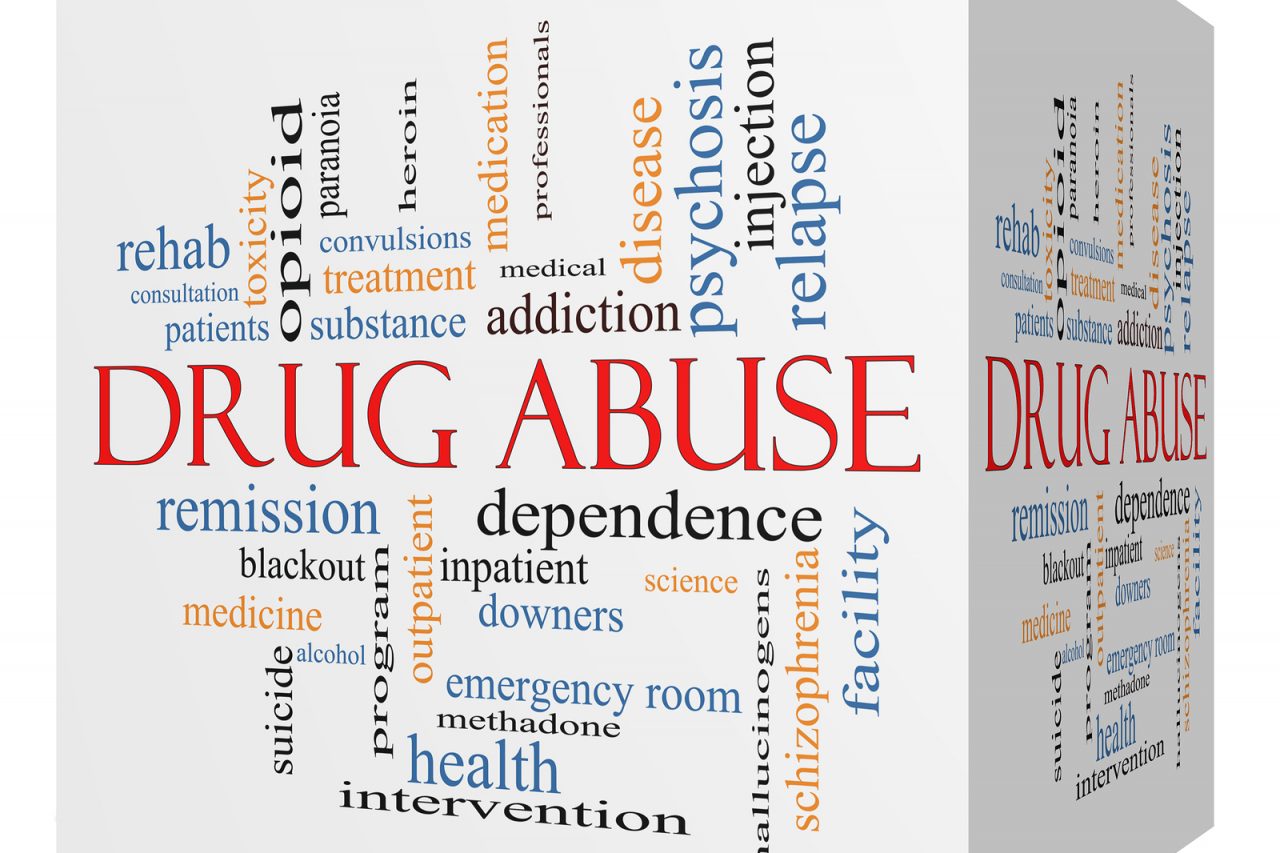Is it possible to ignore a cancer? Prostate cancer infests almost 250,000 men in this country each year and will kill 28,000 men in the United States in 2012, over 200,000 around the world. Many lose their lives “too soon”, dying in their 60s or even their 50s. Nonetheless, authorities do not recommend the PSA blood test for routine screening of this disease. How can this make sense? Partly this has to do with the inadequacy of that blood test and its failure to save lives. However, the key to “ignoring” prostate cancer is that sometimes it is not the deadly illness we have been lead to believe.
Common diseases such as melanoma, colon cancer or pancreatic cancer are aggressive malignancies. These cancers can be lethal no matter how early they are diagnosed. For example, Stage 1 lung cancer is fatal more than 50% of the time. We know that the sooner aggressive cancers are removed the better prognosis. Therefore, patients and doctors attempt to detect these diseases early and treat them immediately. However, this is not always true for prostate cancer.
Almost 80% of 80-year-old men carry a small amount of prostate cancer. However, 80% of men do not die from this disease, or even develop signs of it in their lifetime. This suggests that a large portion of prostate cancer is not aggressive and does not threaten life. This type of prostate cancer may not require treatment at diagnosis, and given the possibility of complications, should not receive immediate therapy. Who are these “lucky” patients and how can we decide who needs treatment and who can be observed?
The concept of “active surveillance,” previously referred to as “watchful waiting,” is not new to cancer medicine. We have used it for decades to observe low-grade chronic diseases such as slow growing lymphomas or certain smoldering leukemia’s. These chronic incurable illnesses are often observed without risk to the patient. Treatment, if needed, can be delayed, perhaps for years. Curable prostate cancer is somewhat different because while it is clear that you can treat it late and certain patients never need treatment at all, if you treat too late patients can unnecessarily die.
Therefore, if we are going to observe and follow certain patients with known prostate cancer, there must be ways to decide in which patients that can be done safely. We must find the critical warning signs that it is time to treat. Like gas in a car, you may ignore the gauge, but when the red warning light flashes it is always time to act. Active surveillance for prostate cancer requires measures to detect danger and a clear plan of action when the “red warning light” flashes.
Oncologists define good prognosis prostate cancer by three measures. First, how much cancer is found on biopsy? Experts believe that if the tumor can be detected only on a biopsy, and can not be felt on exam or if it is confined to less than one-half of one lobe of the prostate, that is less likely to grow. This is Stage T1c or T2a.
The next factor is aggressiveness of the disease. This is the “Gleason Score.” When a pathologist studies a prostate cancer biopsy under the microscope, he scores two different areas or “fields.” In each field, using an internationally standard, he determines a score of aggressiveness from 1 to 5. He adds these two numbers resulting in a Gleason Score of 2 to 10. Scores less than 5 are rarely seen, probably because those cancers grow so slowly. Cancers above 8 are aggressive. A Gleason Score of 5 or 6 shows a modestly aggressive disease, is reassuring to the doctor, and may be one of those cancers that can be observed without immediate treatment.
Finally, the PSA score has value in predicting aggressiveness and likelihood of recurrence. If the PSA score, at the time of original diagnosis, is less than 10, it helps less dangerous disease.
Thus, a low PSA combined with a low Gleason score, in the setting of minimal disease, indicate this is a cancer the patient and doctor should consider not treating. This special situation raises the possibility of avoiding the toxicity and invasiveness of therapy by a plan of active surveillance.
Active surveillance does not mean shaking the hand of the urologist and forgetting about the problem. It is not really ignoring the threat at all. Active surveillance requires the patient and doctor to commit to a specific plan to watch the cancer. This means a PSA and rectal exam every three months. If the PSA doubles in less than three years, treatment is required. A repeat prostate biopsy one year after the original diagnosis must be performed in order to confirm that more aggressive disease has not been missed. If the PSA rises, or the biopsy shows a higher Gleason score, then treatment of the cancer is required, using surgery, radiation and/or hormone manipulation.
“Good” prognosis prostate cancer is an opportunity to take a more measured, sophisticated path toward cancer therapy. It is not for every patient but preliminary research indicates that 30 – 50% of patients can delay therapy, and that the chance of dying from prostate cancer because of delay appears to be small, although the exact risk awaits the results of ongoing trials. Especially in the older population, or in patients with other medical problems, waiting to treat can have real benefit. It requires the decision that one can live with the knowledge they harbor a cancer and to commit to an observation plan. However, for many patients active surveillance offers the chance to avoid the side effects of invasive cancer therapy and maintain an extra measure of dignity and independence.







4 Comments